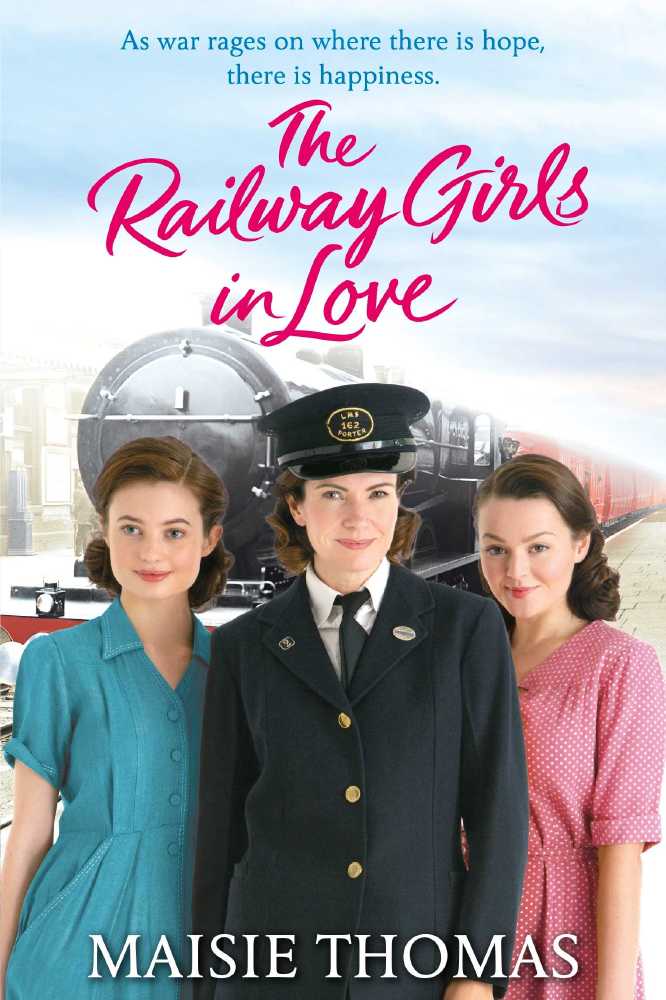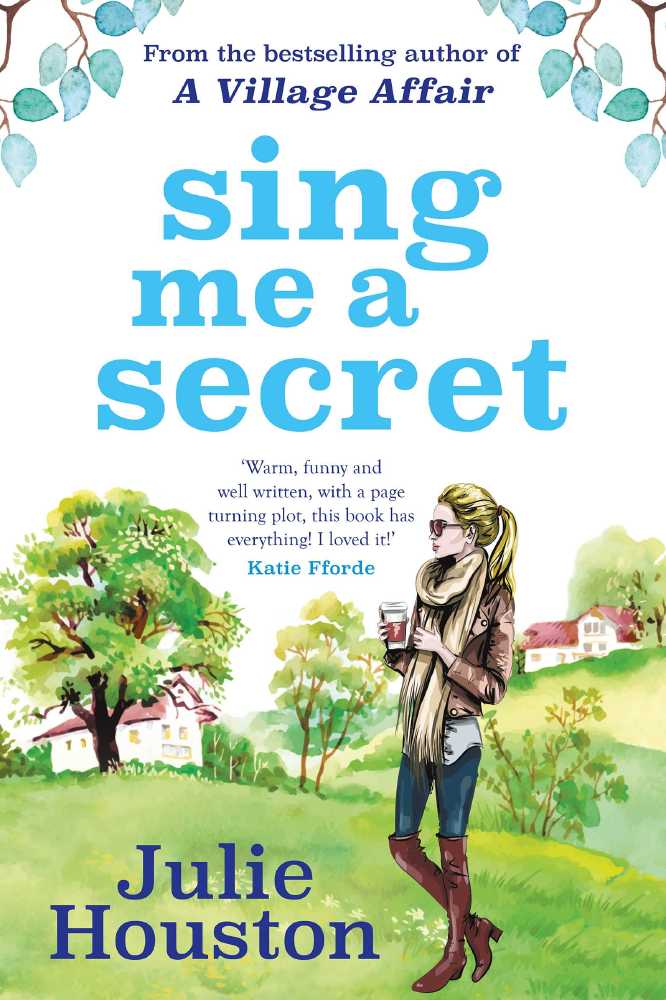1. It’s all in the planning.
When I start a book I have, not just an overall synopsis, but a thorough scene-by-scene plan beside me. For me, this keeps the writing flowing. Moreover, because each book is written from the viewpoint of three different characters, it ensures that each plot is of roughly equal size and is spaced out evenly across the book. I also have a general overarching plan that looks ahead to future books.

The Railway Girls in Love
2. Themes give a series its tone and character.
The principle theme in The Railway Girls series if that of female friendships. In particular, this being a wartime series, I wanted to explore friendships that would never have been formed in peacetime. Hence working-class Dot ends up being great mates with upper-middle-class Cordelia whom, in pre-war times, she would never have met unless she’d been taken on as Cordelia’s charwoman.
3. Do your research!
Discerning readers can spot an under-researched book a mile off. On the other hand, they don’t want to be lectured to, so it’s essential that the research is filtered into the story in a natural way. I’ve found that the best way to handle research is to read a variety of books about the home front and the railways without necessarily seeking out specific information. If I come across something I want to incorporate into the story, then fine, I’ll make notes, but otherwise I work on the basis that simply having lots of general knowledge will inform my writing in a natural way.
4. The importance of the stand-alone novel.
This is an essential part of producing a series. Each book has to lead into the next, but it also has to be complete in itself. The reader mustn’t be left with a sense of irritating loose ends, but with the satisfaction of a story well-told and a sense of openings that could lead to new plot-lines in future books.
5. Characters to care about.
In The Railway Girls series, I have a strong cast of women and girls of different ages and from various walks of life. War work threw people together as never before and I wanted to reflect this. The viewpoint characters for the first three books are Mabel and Joan, who are both in the early 20s, and Dot, who is in her 40s, with two sons serving in the army and two grandchildren. Readers share their thoughts and feelings and in the course of the three books come to know all three women closely and live through their experiences with them.
6. A wonderful editor.
I’m lucky to have worked with two superb editors. The first was Cassandra di Bello, who commissioned me to write the series, and Jennie Rothwell subsequently took over. She and I have a solid and productive working relationship. We’re on the same wavelength and I trust her guidance. She’s the one who steers me in the right direction so that readers get the most rewarding experience.
7. Where would we be without readers?
I’m enormously proud and grateful that my readers have taken the series and its characters to their hearts – especially Dot, who is hugely popular and who has struck a chord with so many women.
RELATED: Top tips for writing romcoms by Julie Houston, author of Sing Me A Secret
Wanting to write a romcom? One can, I would imagine, go to Google and up will come a pretty formulaic way to go about it. It’s funny (funny strange, not funny ha ha which, after all, is the subject of this piece) but, with my teaching head on, I know exactly how to explain Pythagoras in Maths or The War of Jenkins’ Ear in History, but stand me in front of a creative writing class and get me to explain how I’ve actually written - and sold – ten Romantic Comedy novels and I’ve now come to the conclusion the characters somehow write it themselves...


